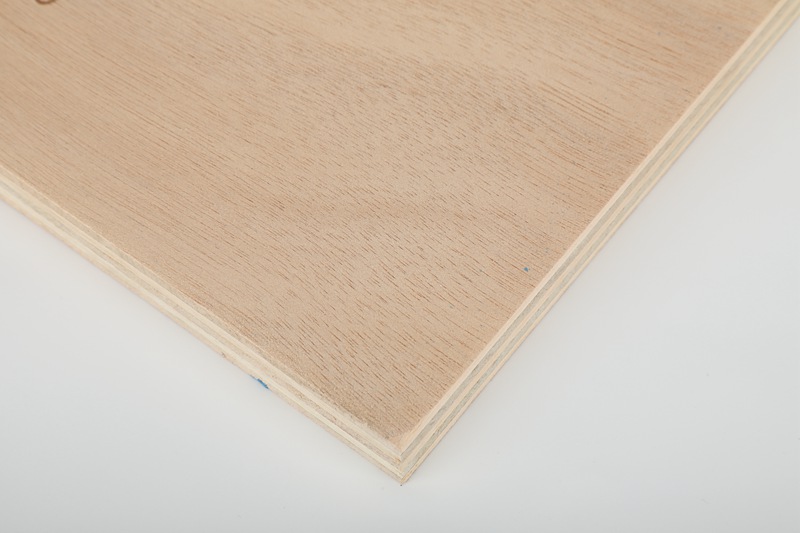Cost Efficiency of Multi-Layer Furniture Boards and Wood Panels of the Same Size and Thickness
In the furniture manufacturing sector, one of the decisions that need a lot of research and careful consideration is the type of material to use. The makers are always choosing between Multi-layer Furniture Boards and monolithic wood panels. The article takes into account lower costs without sacrificing quality, longevity, environmental and aesthetic factors in regard to these materials. The goal of this study is to provide enough generalization for manufacturers and customers to facilitate their selection processes.
Material and Structural Composition
But wait, before we proceed to the nitty-gritty of cost efficiency, let’s first resolve some of the basic terminologies that we will be repeatedly using such as multi-layer furniture boards and wood panels.
Multi-Layer Furniture Boards: These boards are made up of layers of wood veneer or other materials that have been glued together under pressure. With an increased number and pattern of layers, the overall stability is increased, limit the ability to twist or warp, and permitting any type of surface treatment.
Wood Panels (or alternatively, Foss timber panels): These panels are unassembled and manufactured from the same chunk of living wood. Their strength and natural beauty are recognized in addition to the fact that these may be subjected to dimensional change like shrinkage or warp due to a moisture envelope.
Cost Effectiveness and Economy
In terms of cost effectiveness, multi-layer furniture boards have likely the upper hand over traditional hardwood panels.
Material Costs: Due to the fact that less natural wood is used in the boards, there are instances when multi-layer materials are less expensive than solid wood panels. As a result, they are a wise choice for extensive projects or clients with limited budgets.
Production Costs: Since multi-layer boards are built of layers, they are uniformly thick and consistent in size, which eliminates the requirement for further cutting and smoothing during the production process. Because labor costs are reduced and time is saved, this is beneficial to overall costs.
Maintenance and Replacement: The operational life of solid wood panels can be very long if they’re maintained in place under ideal conditions, but multi-layer boards provide similar solidity at a much lower cost. For example, in replacements for areas that are expected to be frequently changed, such as retail or rental properties, multi-layer boards are more economical.

Durability and Performance
When selecting furniture materials, one of the most important things to remember is durability especially for pieces that will be subjected to high traffic regions.
Multi-Layer Furniture Boards: Today, these boards have been designed to be strong, avoiding warping and splitting. High-quality multi-layer boards are available and many of these are resistant to moisture which regularly occurs in indoor areas like kitchens and bathrooms.
traditional wood panels: Solid wood is well renowned for its strength and endurance provided that it is maintained properly. Nevertheless, natural wood is more supple to changing environmental conditions which could cause it to twist or crack with time. In areas where temperature and moisture levels fluctuate, solid wood panels may need frequent prefitting.
Environmental Impact and Sustainability
Nowadays, sustainability is a consideration made by the manufacturer and the end user. Both materials are sustainable but the extents of their sustainability are different.
Multi Layer Furniture Boards: They can use recycled wood for their panels and use less amount of solid wood as compared to the conventional solid panels. Hence the pressure on natural forests is reduced. Also multi-layered boards with a low-emitting level of formaldehyde are useful in improving indoor air quality health.
Traditional Wood Panels: Although solid wood can regrow, overcutting can cause deforestation. Going for an FSC certified wood for example CMS can help address the environmental consequences but it may appear more expensive.
Design Versatility and Aesthetic Appeal
Furniture and interior designers spend considerable time and effort on the aesthetic aspect of their products. In this regard, both materials have their own strong points.
Multi-Layer Furniture Boards: These boards can be coated or veneered with a variety of surface textures: different glosses, matte finishes, wood grains, etc. This option saves a great deal of money as solid wood is not required to obtain the desired appearance. Multi-layer boards are uniform and do not otherwise vary in manufacturing processes making them convenient for a range of designs.
Traditional Wood Panels: The visual effect of solid wood is natural and straightforward as there is little magic to portray. In most cases, traditional wood panels are used in high class or country styles due to their unique texture and timelessness. However, such an appearance is sometimes very expensive and wood also requires singular attention if one wishes to maintain its appearance.
Conclusion
In this sense both multi-layer furniture boards and the traditional wood panels have gains, but with regard to cost performance, it gets skewed towards multi-layer boards simply because multi-layer boards are cheaper than solid and these boards give the same benefits. With these boards, one gets reliable, flexible and environmentally inclusive options at a lesser price than solid wood hence, they suit large quantity furniture making. Although luxury or specialized projects may prefer the single solid wood for its prestige appeal, in the bulk of cases multi-layer furniture boards are more beneficial when it comes to the cost-effectiveness. For manufacturers and designers who are looking for the interaction between price and quality, multi-layer furniture boards are one of the most powerful tools in the modern market.

